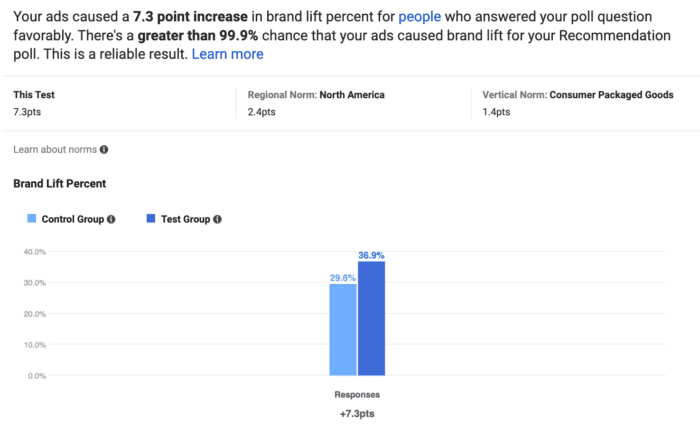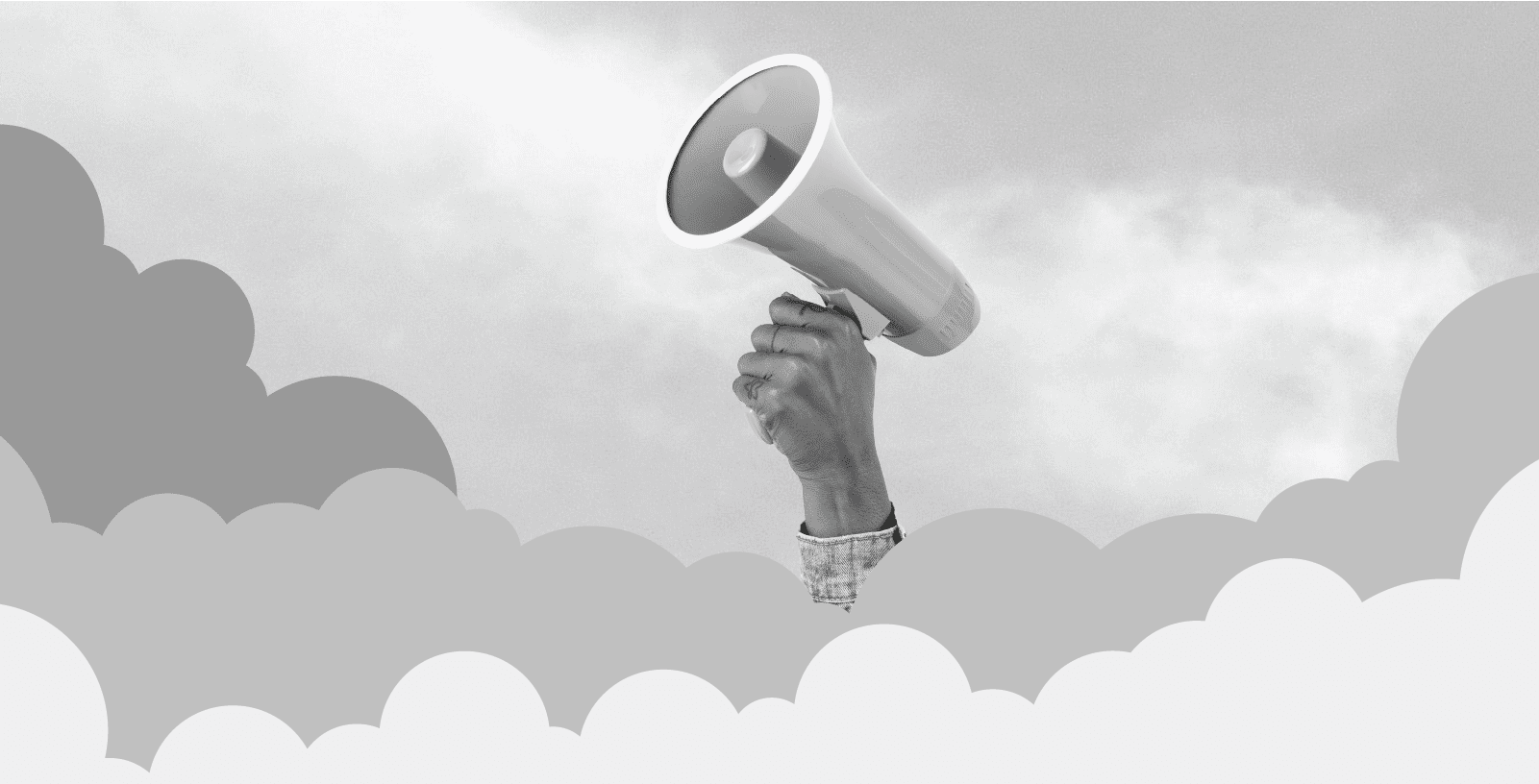Brand perception is a combination of a consumer’s emotions, past encounters, and opinions toward a brand or product. It plays a crucial role in consumer decision-making, leading individuals to choose one brand over another, even when faced with nearly identical alternatives.
However, measuring Brand Lift, which refers to the positive shift in consumers’ perception of a brand following a marketing initiative, has always presented a challenge for marketers.
And even though digital marketing has given rise to better measurement, measuring brand lift is still a challenge today for several reasons.
- Unlike concrete metrics like sales and website traffic, brand lift metrics are intangible and obviously can’t be measured with standard tracking solutions like a pixel.
- Brand lift is a gradual and cumulative process and rarely drives immediate action. The impact of a brand awareness campaign may not be immediately visible as it takes time for consumers to recognize and recall a brand. Measuring the long-term effects of a campaign requires sustained monitoring and analysis over an extended period.
How to Measure Brand Lift?
There are various ways to measure brand lift when launching a marketing campaign. For example, businesses can ask market research companies to measure brand perception or awareness before and after a specific campaign through traditional surveys or focus groups.
That said, when brands have a significant digital component in their marketing campaigns, they can utilize Brand Lift Studies offered by major ad platforms such as Meta, TikTok and Google. This approach is comparatively easier to implement, cost-effective, and provides faster results.
What is a Brand Lift Study?
When trying to measure the impact of a brand campaign, businesses often look at traditional metrics such as views, impressions or website traffic to get some indication of exposure. Although these metrics help assess the performance of a campaign, they do not capture the nuances of brand perception and recognition.
Measuring subjective aspects such as brand recall or recognition requires specialized approaches beyond standard analytics tools. That’s where Brand Lift Studies come in.
A brand lift study will measure the impact of your ad campaign on specific brand metrics such as ad recall, awareness, consideration, favorability or purchase intent.
It can answer questions like:
- Do people remember watching my ad?
- Are consumers more aware of my brand or product because of my ad?
- Are users intent on purchasing my brand after ad exposure?
Why Launch a Brand Lift Study?
First, Brand Lift Studies are a simple way to evaluate the effectiveness of your campaign. Marketers can determine whether their campaign generates the desired results by measuring consumer perception or behaviour changes.
Second, the data derived from a Brand lift Study will give marketers actionable insights that can be used to refine their marketing strategies. For example, they can identify if their campaign resonates with their target audience and make changes accordingly.
Third, Brand Lift Studies can demonstrate the value of a marketing campaign, making it easier to justify the investment in a brand awareness campaign to stakeholders.
How to Measure Brand Lift?
With Brand Lift Studies you can obtain feedback about your brand directly from consumers.
Most ad platforms offering this service like Google, Meta, Spotify, TikTok, and more, survey users exposed to your ads and compare their responses to those of a control group (those who didn’t see them).
The test aims to determine the performance gap between the test and control group. This gap indicates the effectiveness of your ad campaign.
On Google, the platform will also assess if your ads created interest in your brand by looking at organic searches on Google and YouTube. Similar to the survey method, they randomly pick a group of people who saw your ad and compare their search behaviours related to your brand to those who never saw your ad.
Brand Lift Study Example on Meta
For example, Bloom ran a brand lift study for a consumer packaged goods company to measure brand metrics such as ad recall and perception.
The first poll question was: Would you recommend [brand] to a friend? Yes, No, Not Sure or I’m not familiar with this brand.

This question is an easy and simple way to gauge the level of emotional attachment and satisfaction with the brand experience.
According to Meta, our ads cause a 7.3-point increase in brand lift percent for people who answered our poll question favourably. They estimate that our ads caused 166K more people to give the desired response to our poll question (Yes).

Meta can provide Brand Lift Percent by age and gender. Also, Meta provided benchmarks per vertical and region.
Looking at these results, the brand could confidently say that its ad campaign positively impacted brand perception. In addition, it did exceptionally well compared to other Consumer Packaged Goods campaigns.
How much do Brand Lift Studies cost?
The tests are free to create for both Google and Meta, but they have budget requirements. Businesses with larger budgets often conduct Brand Lift Studies because the required amount can be quite high. But, feel free to contact your Meta or Google Account Representative or speak to your agency to learn more.
Bloom would be happy to help, contact us here.
Subscribe to The Shift Factor
Our newsletter keeps you in the know on marketing’s biggest shifts and real examples of brands adapting.
ABOUT THE AUTHOR
Franz Fontaine
Franz has over 20 years of media experience. He is an expert in brand positioning, media planning in both digital and traditional media, and multi-channel strategy development.




Share this: